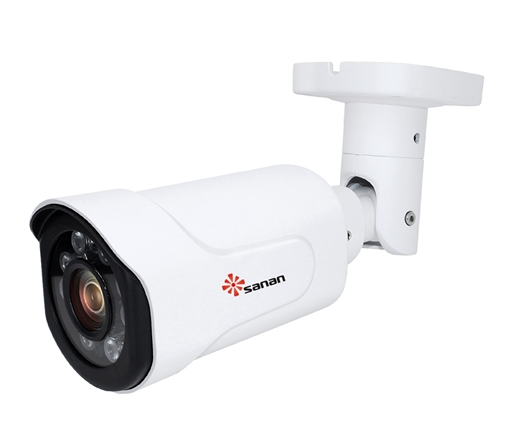Lily and Chinese fertilization
Ms. Qian of Anhui Quanjiao Q: What kind of lily bulbs do I receive?
Experts: Lilies are perennial plants and should be re-applied organic fertilizers. The seedling period is longer, and organic fertilizers should be used as the main factor, and reasonable coordination with N, P and K fertilizers. The first thing is to choose sandy loam with deep soil and good drainage. Before planting with deep-sloped soil preparation, Mushi decomposed organic fertilizer 2000-3000 kilograms, urea 10 kilograms, superphosphate 20-30 kilograms, potash 10-15 kilograms. Top dressing is divided into three times, combined with shallow tillage grass application, and cover soil after application. After the first time in the spring, the Mushi rotted 20% of the livestock manure water from 1000 to 2,000 kg, or 10 kg of urea, 20 to 30 kg of superphosphate, and 10 to 15 kg of potash. The second time before flowering, Mushi's decomposed human and animal manure water 5000 kg or general-purpose compound fertilizer 30 to 40 kg. After the third flowering, Mushi NPK compound fertilizer was 30 kg. Spraying 0.2% potassium dihydrogen phosphate or 0.3% to 0.5% urea several times in the middle and late stages is also very effective.
Mr. Qi of Changsha, Hunan Province asked: What kind of role does Lily have to make topping and remove buds? Is it related to fertilization?
Experts: Topping and picking buds can control the growth of lilies, promote nutrient transfer to underground bulbs, and increase bulb yields. Studies have shown that: combining fertilization, irrigation, and appropriate topping can improve bulb yields by 8% to 10%.
Ms. Gao of Shangqiu, Henan Province asked: I contracted hundreds of acres of land to cultivate the Chinese rose. How do I fertilize it?
Experts: Chinese rose is an upright shrub with green leaves and bright flowers for cultivation purposes. For this reason, organic fertilizer is the main fertilizer, and organic fertilizer is combined with NPK fertilizer. Also consider the supply of trace elements such as magnesium, iron, and boron. There are different requirements for fertilization in pots, greenhouses and open cultivation. For high-density rose gardens with cut flowers, digging trenches or pits of 50-60 cm deep, Mushi roasted manure, composting 4000-6000 kg of organic fertilizer, 30-50 kg of superphosphate, or diammonium phosphate 8 to 12 kg, potassium 5 to 10 kg.
The Network Camera/ Network IR Camera/ Network Cameras/ Network Camera HD/ IP Camera Wifi/ IP Cameras/ Mini IP Cam, also called the IPC, WEBCAM, or WEB Camera, is a new-generation camera that combines the traditional camera and the network technology. And the user can monitor the Network Camera images just with a standard web browser (such as the "Microsoft IE or Netscape).
As a new generation product that combines the traditional camera and the network video technology, in addition to the image capturing function of the traditional cameras, the Network Camera also has a built-in digital compression controller and a WEB-based operating system; which makes the video data compressed and encrypted, and then delivered to the end users via the local area network, internet or wireless network. The remote user can use a standard web browser on the PC to access the network camera according to the IP address of the network camera, monitor the on-site situation of the target site, edit and store the image data, and can even control the camera PTZ and lens to achieve the monitor in all directions.
Nowadays, the Network Camera are being used more and more widely. So do you know how the Network Camera was invented? Well, here is a story.
The design of the world's first Network Camera is originated from two scientists who wanted to drink coffee.
In 1991, only the main computer room of the Cambridge University Computer Research Center had a coffee maker. From time to time, scientists from other rooms ran to the main computer room but found that the coffee was drank up. In order to solve the problem of a wasteful trip when pouring coffee, scientists Fraser and Paul thought of assembling a device that can monitor the coffee maker in the main room. They first pointed a camera at the coffee maker, set to take three photos per minute, and then wrote a program to send the camera pictures to the research department`s internal network. Then, the Cambridge University successfully installed the first Network Camera in the world.
On November 22nd, 1993, the real "Internet camera" was born and it was still in the computer research department of the Cambridge University. The laboratory which another scientist named Johnson was at could not be connected to the internal network. Johnson could not use the previous monitoring software to check the coffee, so he wrote a program to make his own computer can receive photos from the camera; which makes the breakthrough of the camera from the internal network to the World Wide Web, realized.
Since then, millions of people from all over the world have joined the "coffee pot watching activity" through the Internet. In 2011, due to the obsolete equipment and the inability to maintain it, Cambridge computer scientists finally shut down the Network Camera.

Network Camera
Network IR Camera, Network Cameras, Network Camera HD, IP Camera Wifi, IP Cameras, Mini IP Cam
SHENZHEN SANAN TECHNOLOGY CO.,LTD , https://www.sanan-cctv.com